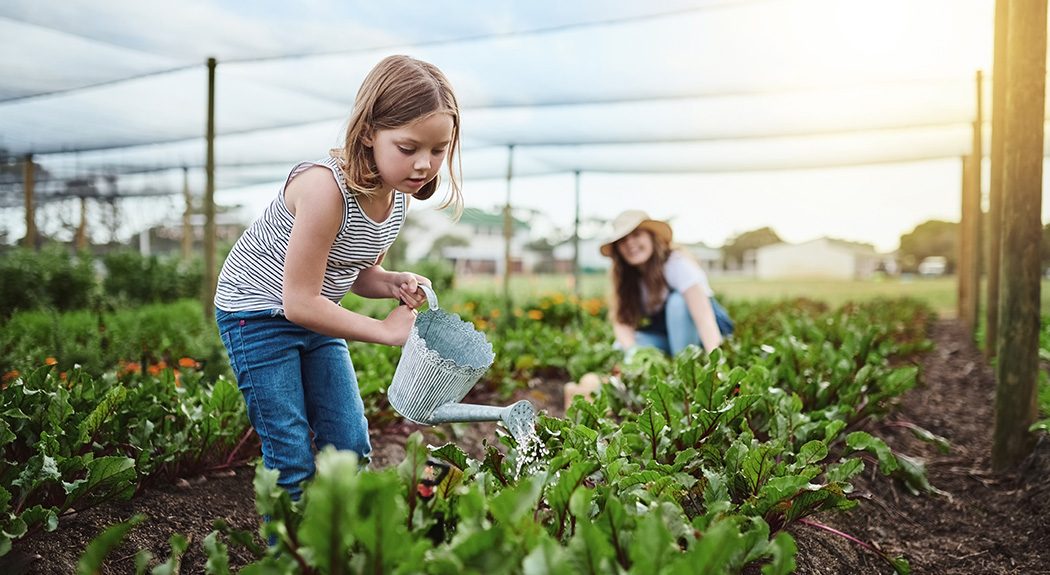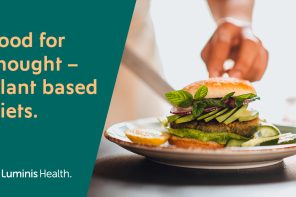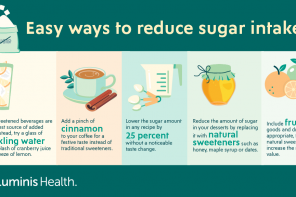Are we killing the environment or is it killing us? When we look at what we eat and how we grow it, we find extensive evidence of damage to our food, from pollution and soil depletion to the toxicity of growing foods industrially.
Not many people give much thought as to how their diet impacts the environment, the animals and our future. But this is a real, and growing, problem. Our diets are linked to the environment through the companies we fund and our personal emissions. As Americans demand cheap food, the American agricultural policy for the past 30 years has focused on providing large amounts of inexpensive calories. Two of the cheapest sources of calories are corn and soy, which the federal government has long subsidized and which make up a large percentage of our caloric intake. Corn and soy are used because they can be efficiently grown on vast farms. However, consistently growing just one crop – or a monoculture – depletes the soil and forces farmers to use greater amounts of pesticides and fertilizers. The effects of pesticides and fertilizers on natural wildlife and our water supply is well documented. Depletion of nutrients in the soil through monoculture and the use of fertilizer simplify the biochemistry, which makes our food less nutritious.
Plants treated with pesticides also don’t produce much of their own phytochemicals –biologically active compounds found in plants – to protect themselves from pests. These plant chemicals are greatly beneficial to humans. Organic foods are an exception to this, as they do not include contaminants and it is likely that they have more phytochemicals. Additionally, they contribute less to environmental pollution.
READ MORE: Farmers Markets: Let’s reduce the reliance on processed foods
The following are foods that contribute to environmental concerns because they require more energy and typically release more pollution:
- Foods high on the food chain. Particularly large ruminant animals (cows, goat, sheep, etc.). Animal feed requires fertilizer and irrigation water. Emissions are also required if forestland is converted to grazing land. As a result, methane is released from their digestion and manure.
- Open-ocean fishing fleets depend entirely on fossil fuels. Highly sought-after fish are typically overfished, resulting in additional sea travel and increased emissions.
- Highly processed foods. These require more steps in the production process, which also mean more energy is used.
- Imported foods. When we transport food over long distances, more fossil fuels are used.
If you want to reduce the carbon footprint of your food choices, you might want to consider the following:
- Eat lower on the food chain. This means more fruits, vegetables and grains, and less red meat.
- Choose local or sustainable fish and seafood that is lower on the food chain. For example, mussels, clams and squid.
- Read your labels. Look for fresh foods with the fewest processing steps.
- Buy organic. Organic food doesn’t have contaminants and it is likely to have higher amounts of phytochemicals
- Watch your waste. About 30 percent of the carbon footprint in the U.S. is tied to wasted foods. Water, energy, pesticides and pollution go into the production of wasted food, and food waste ends up in landfills where it releases methane gas as it decomposes.
What we eat matters. The food choices we make every day have a big impact on the environment. The good news is that even small changes in what we buy and eat can add up to real environmental benefits. Eating green means eating fresher, healthier foods while reducing your grocery bill and supporting our farmers.
Ann Caldwell and Maureen Shackelford are nutritionists and registered dietitians at Anne Arundel Medical Center. To reach them, call 443-481-5555.




